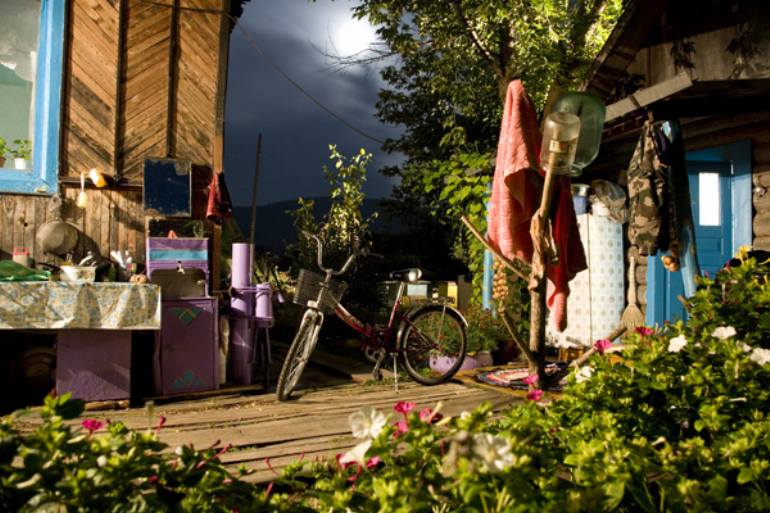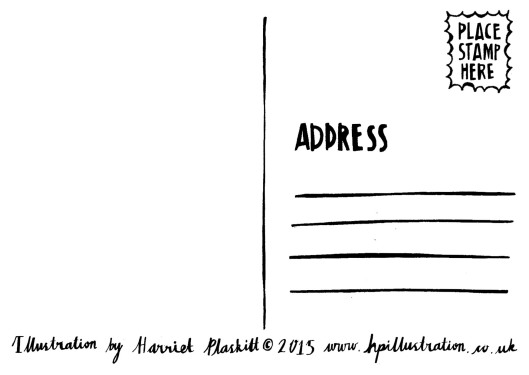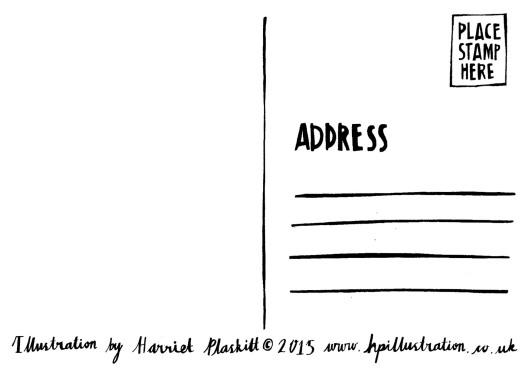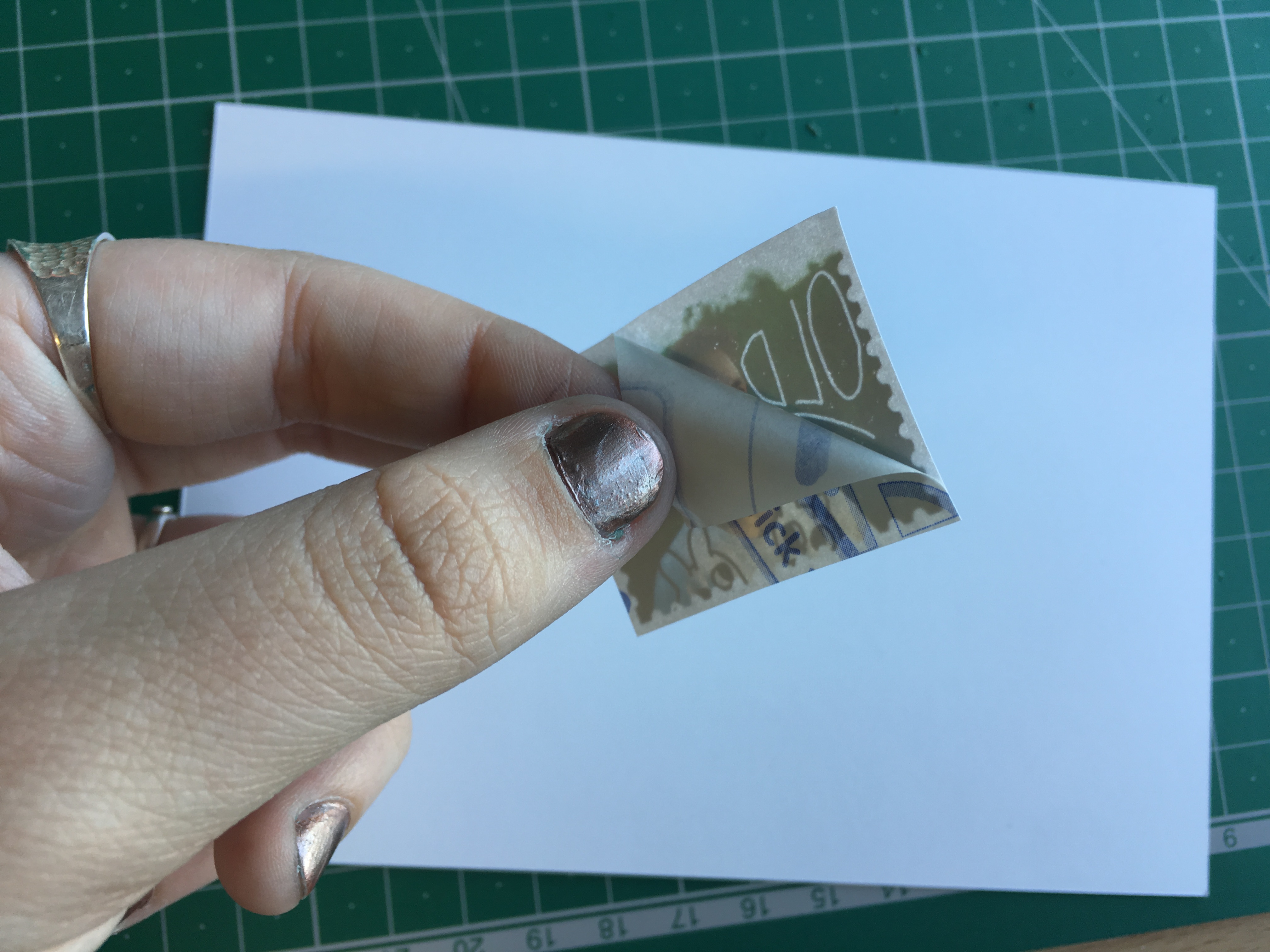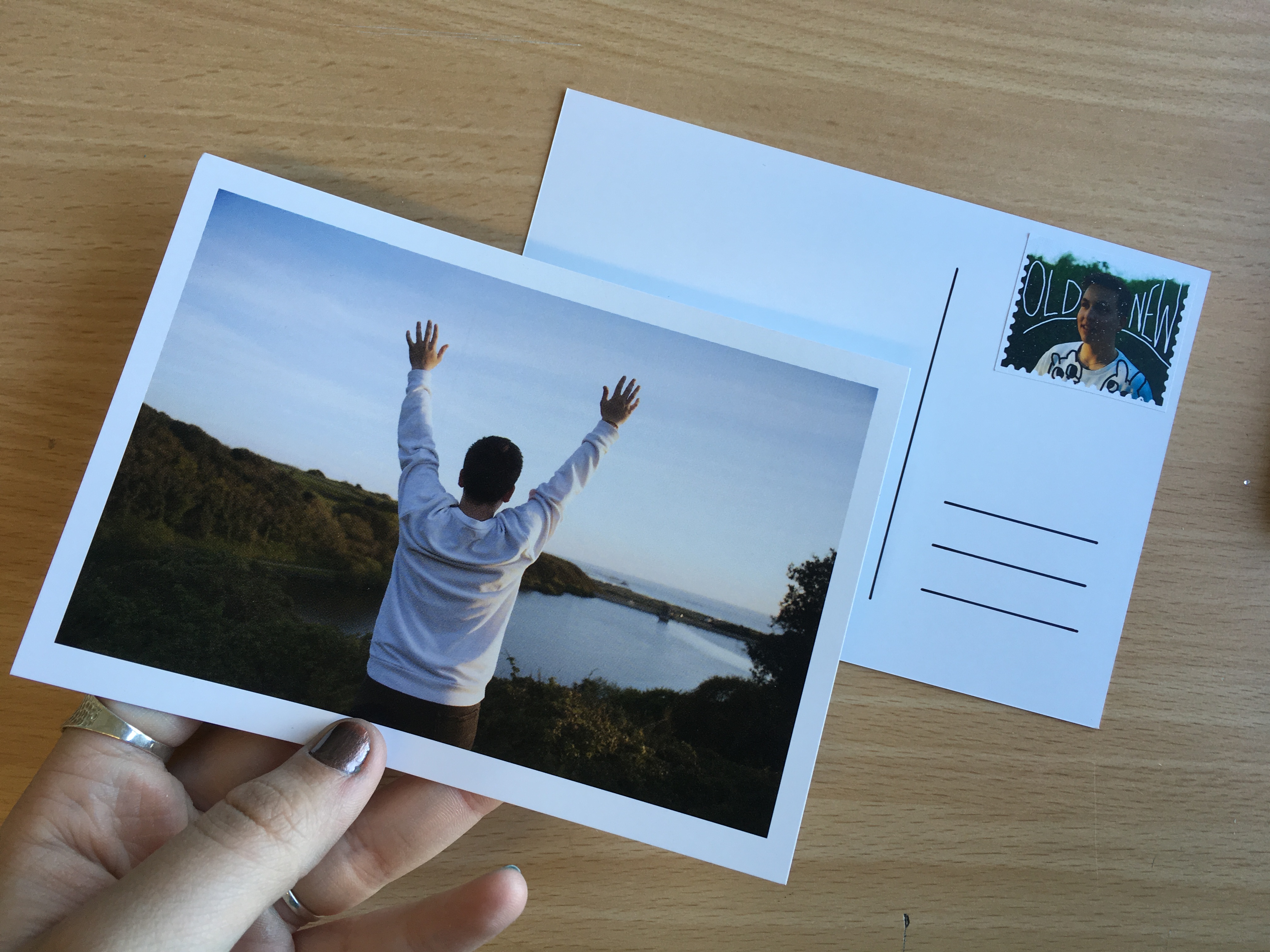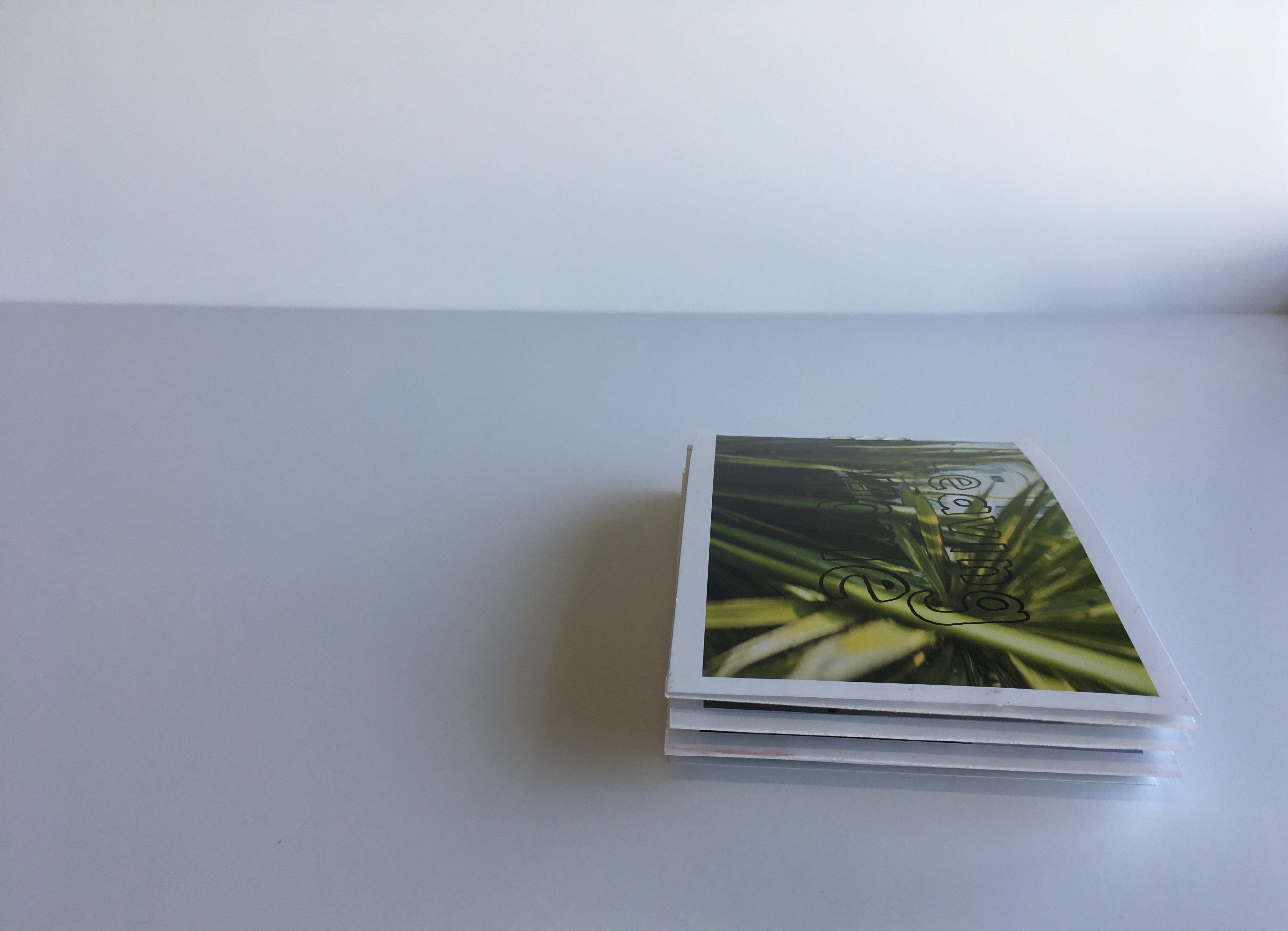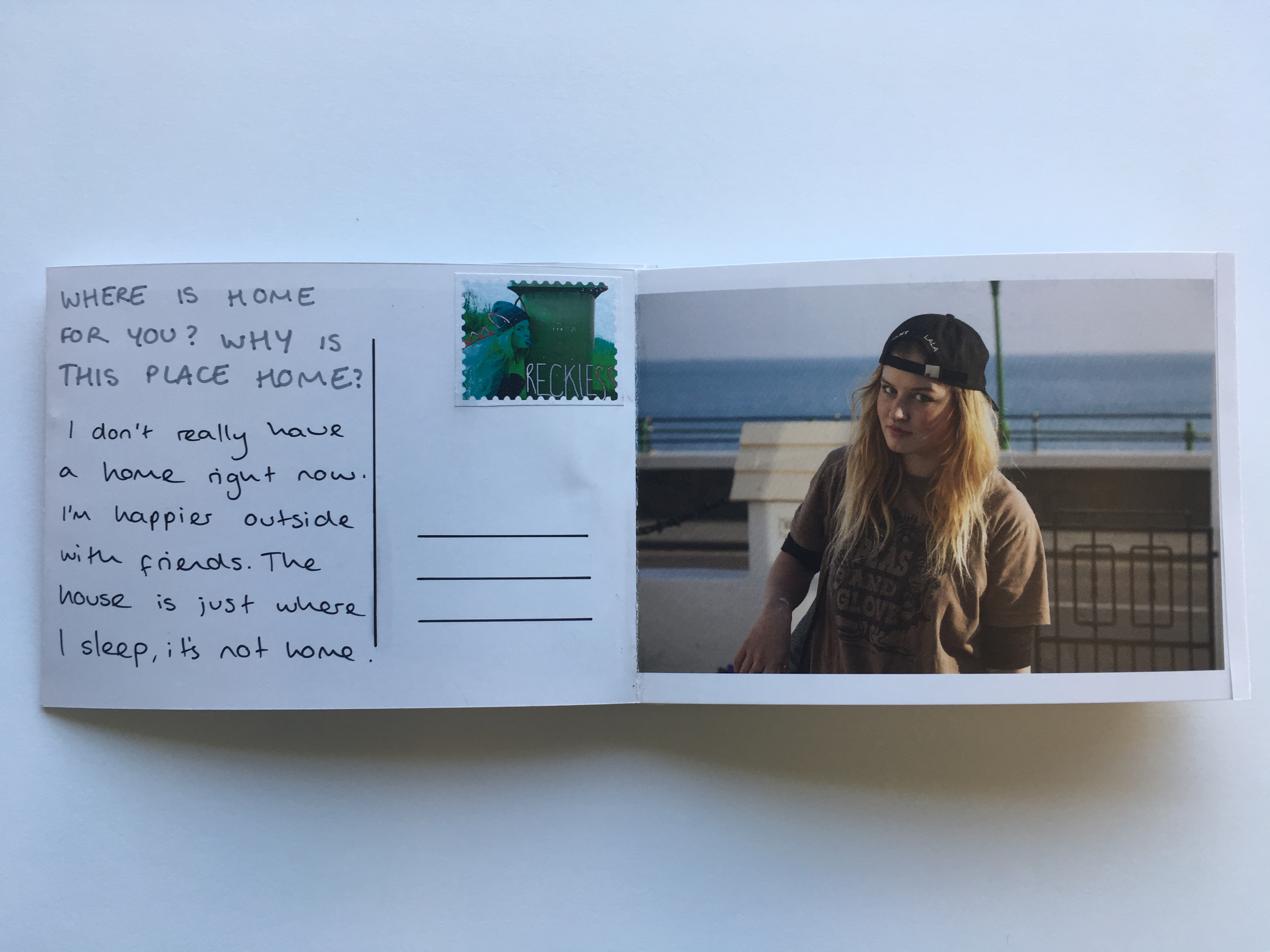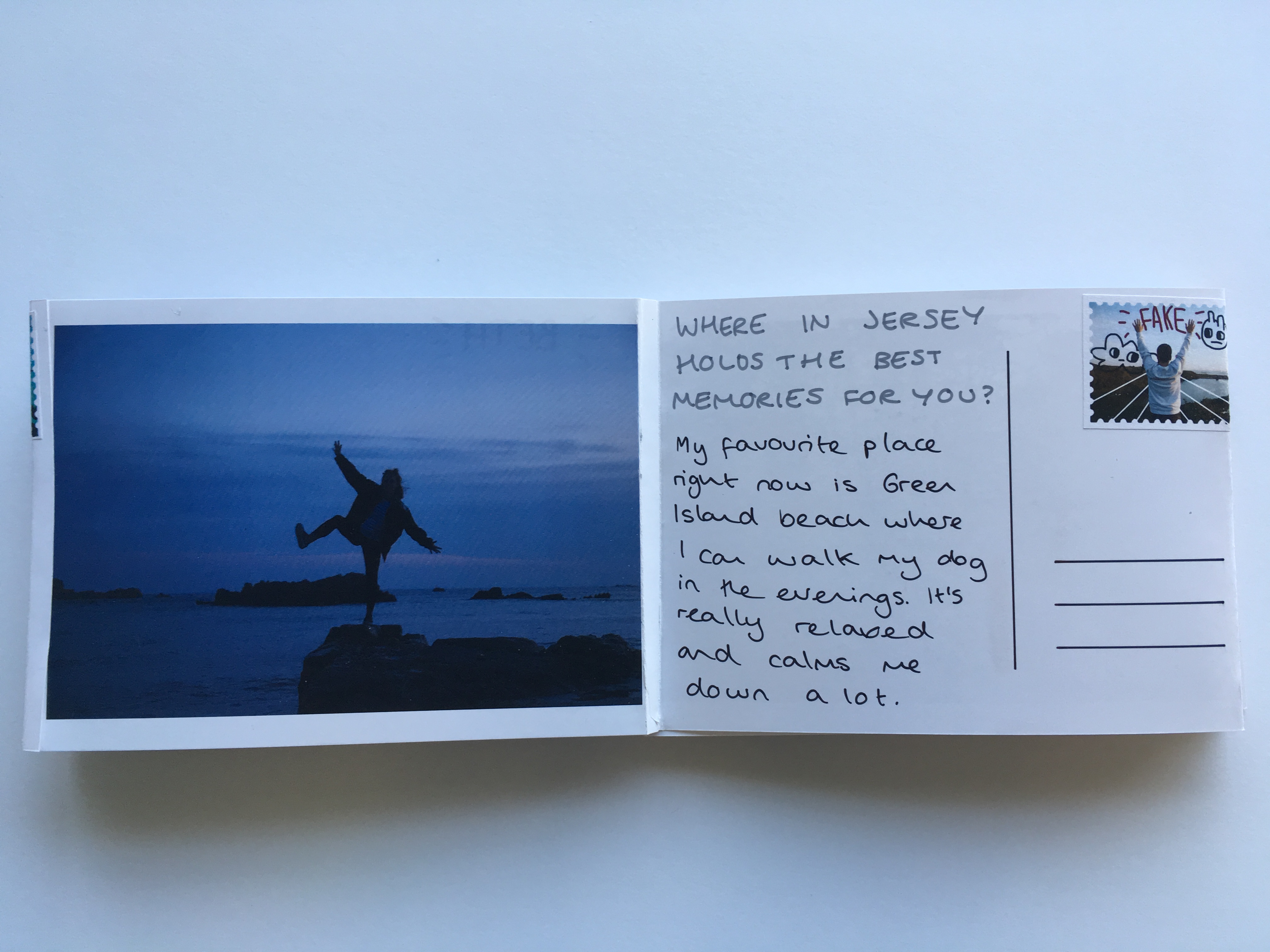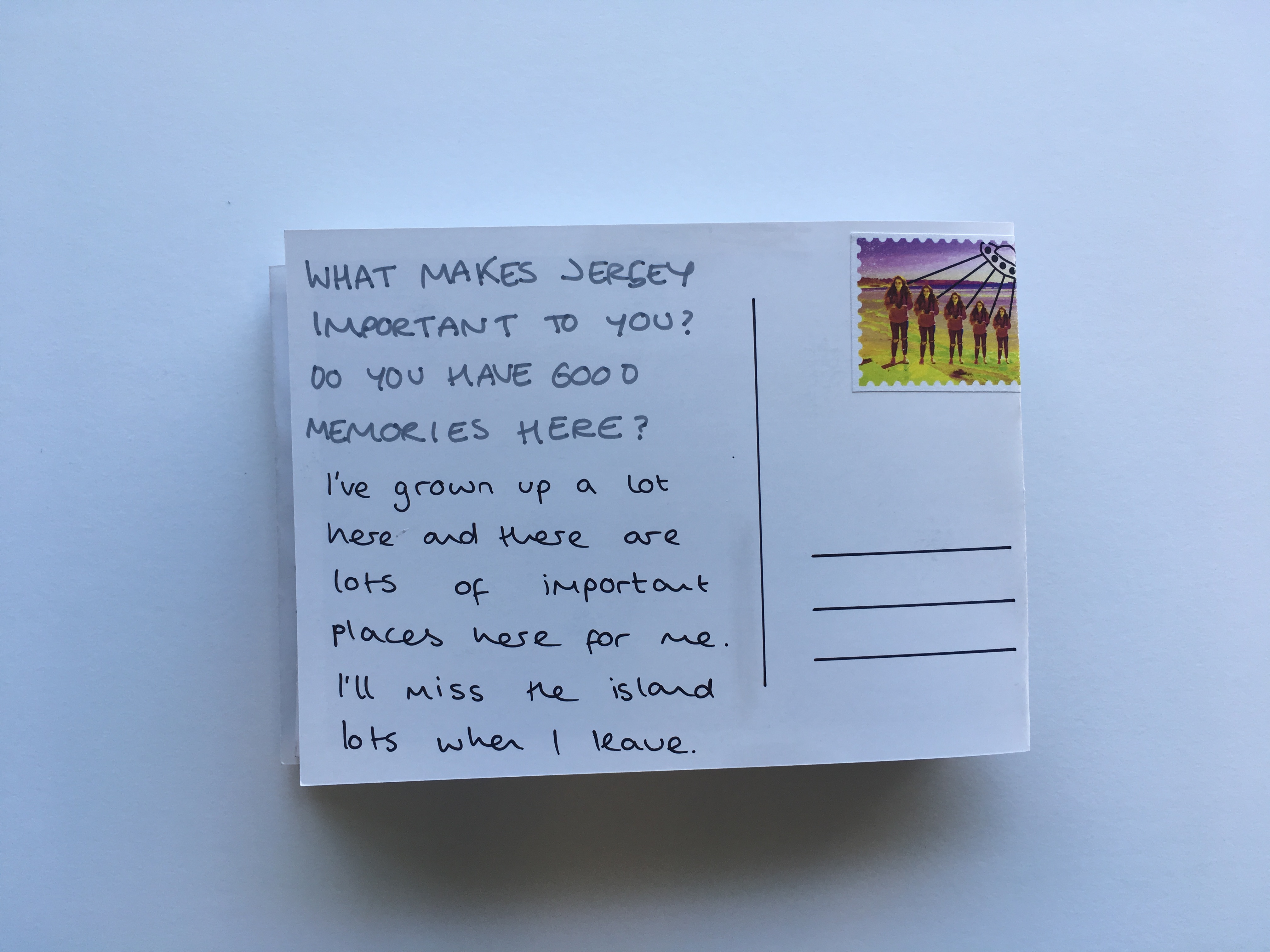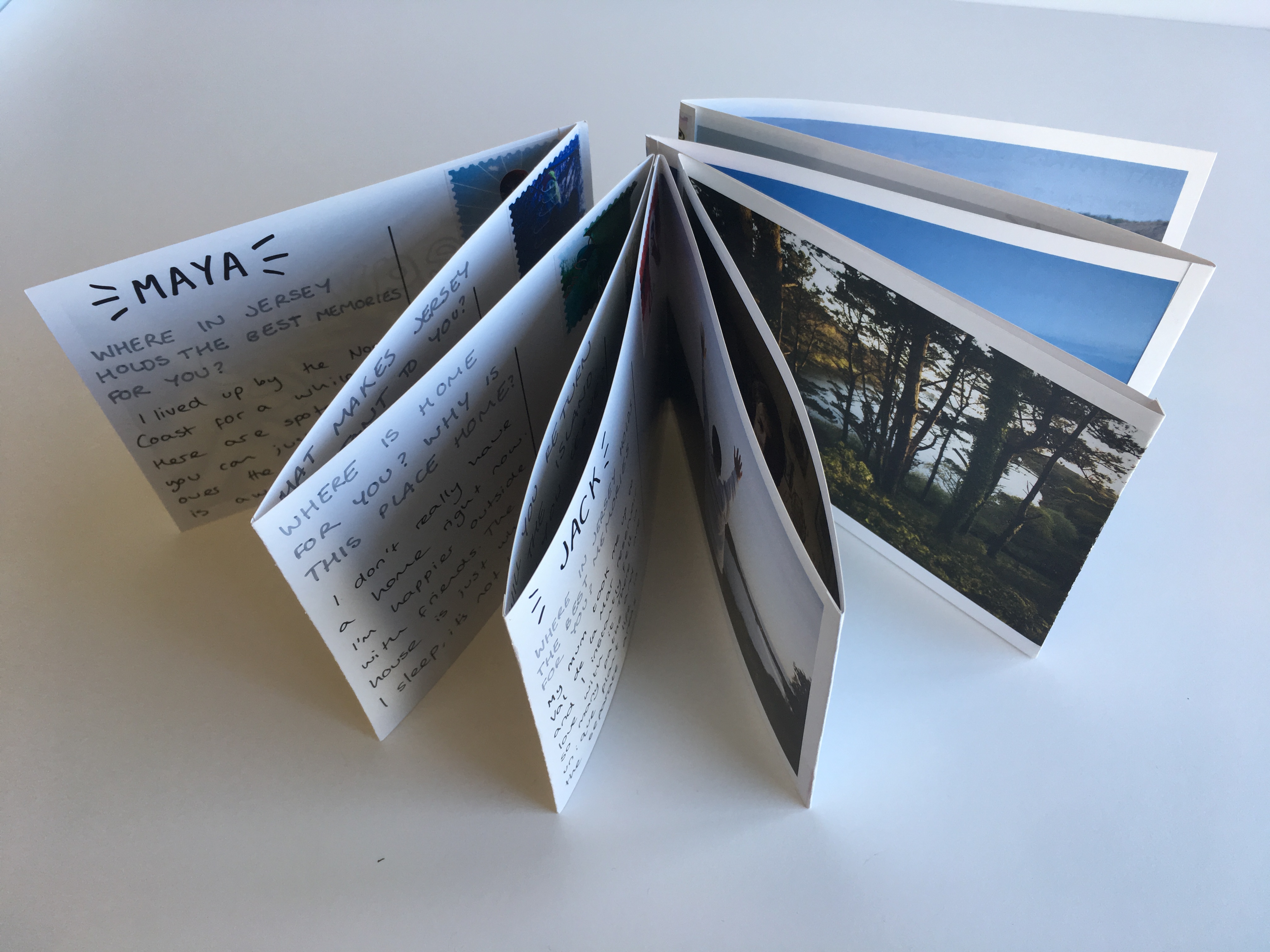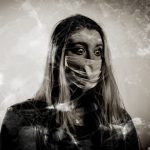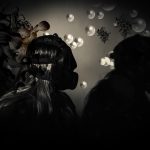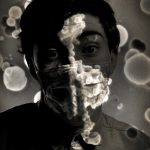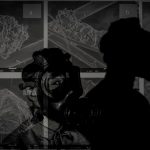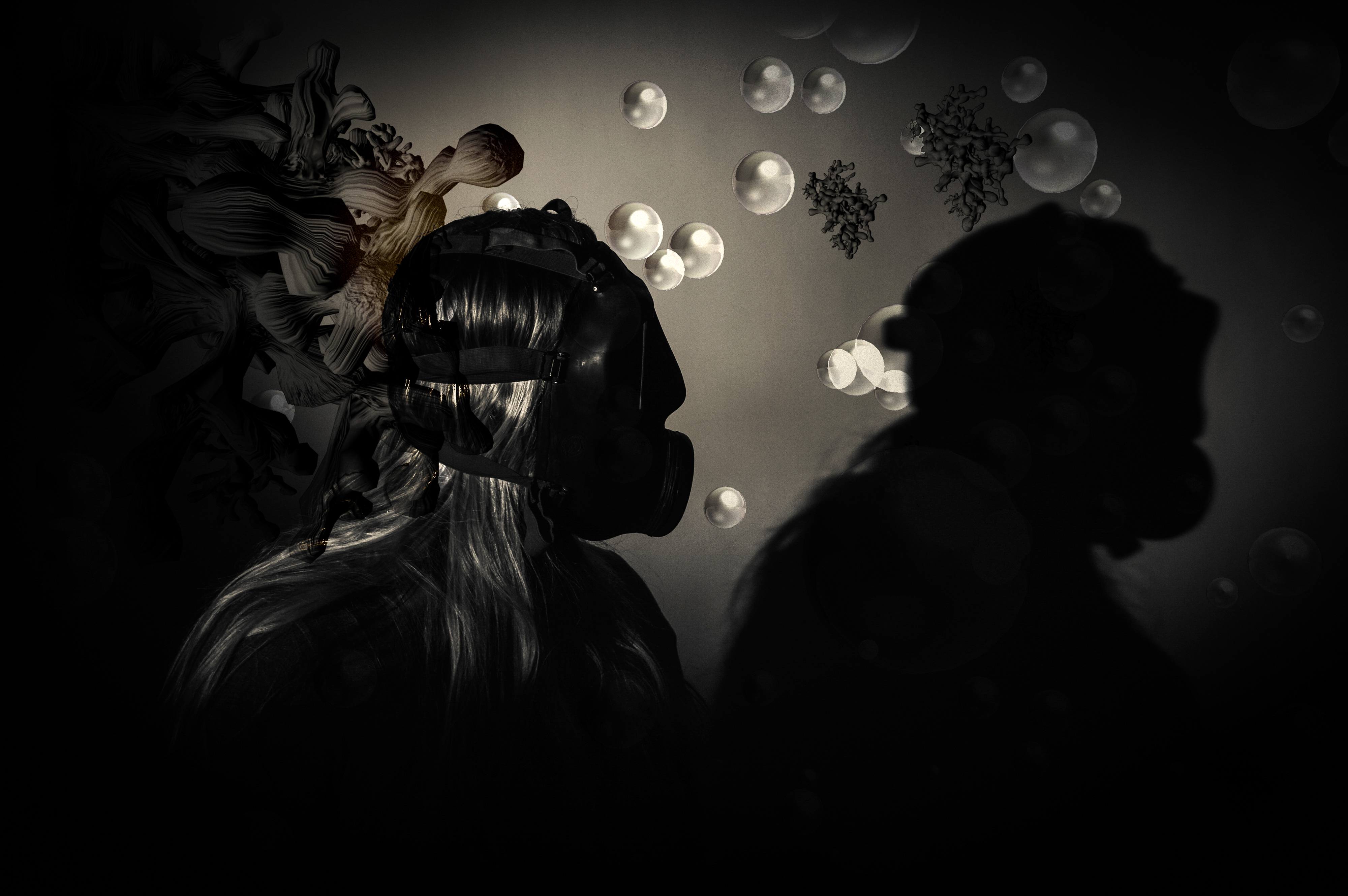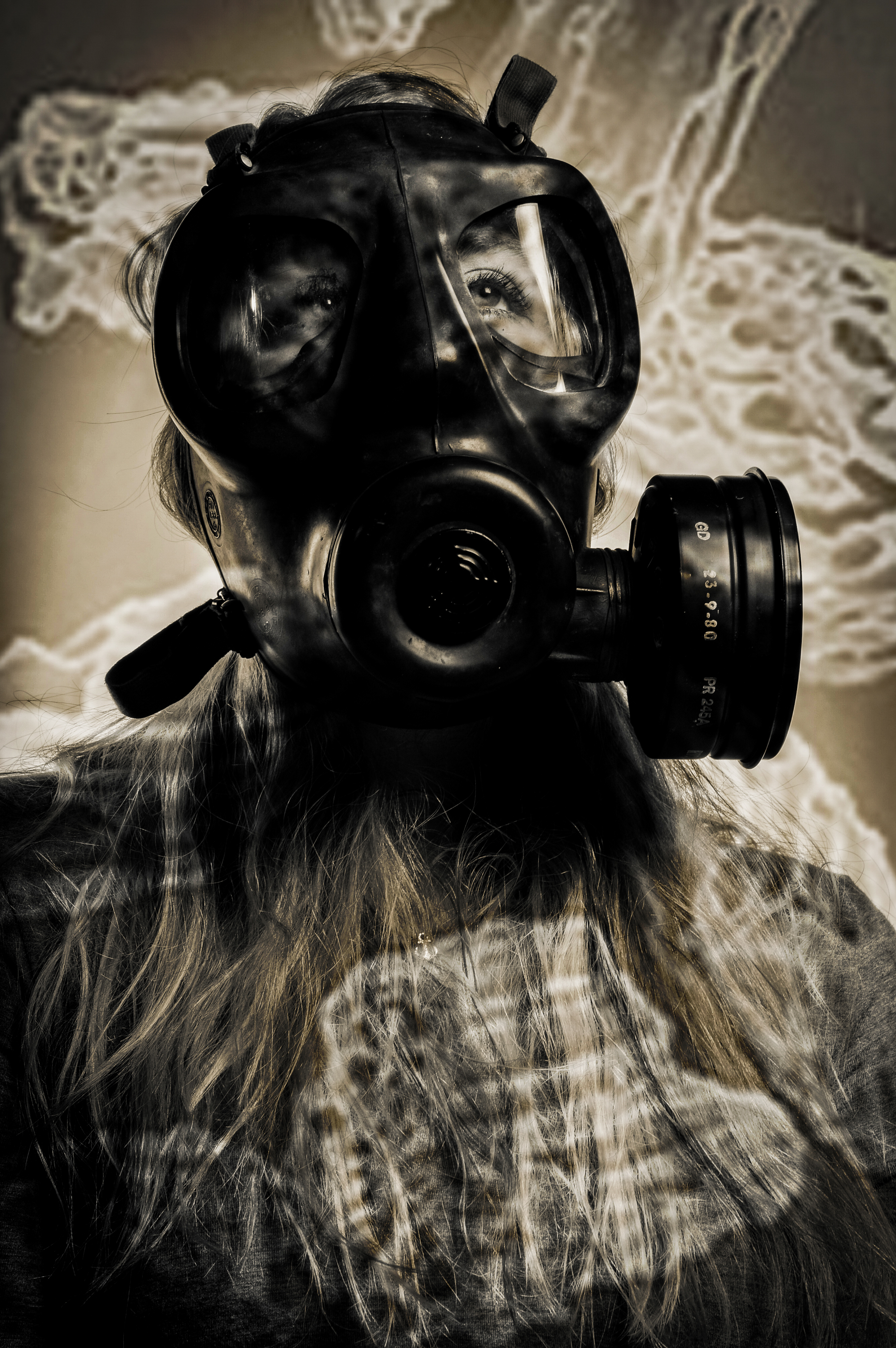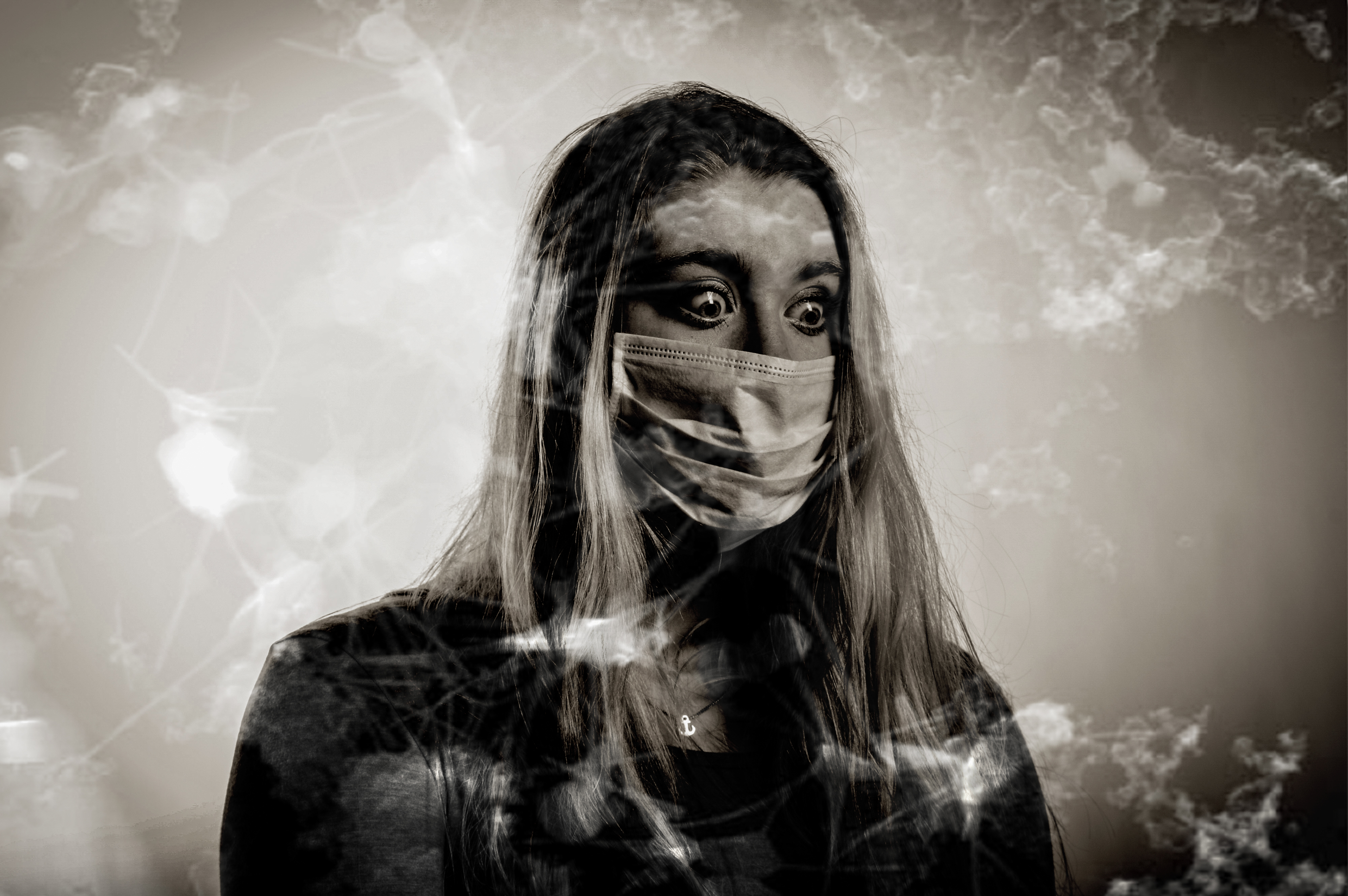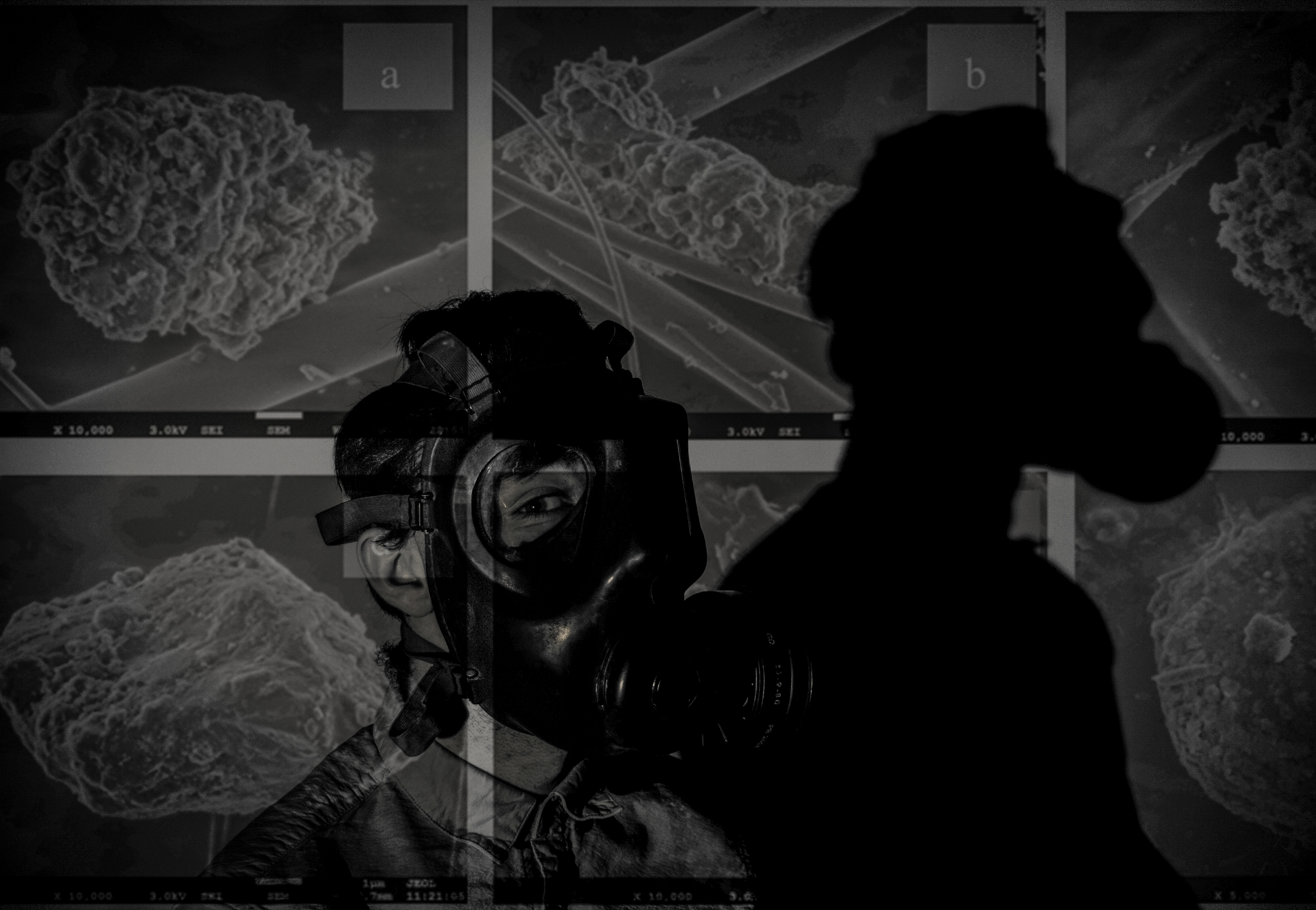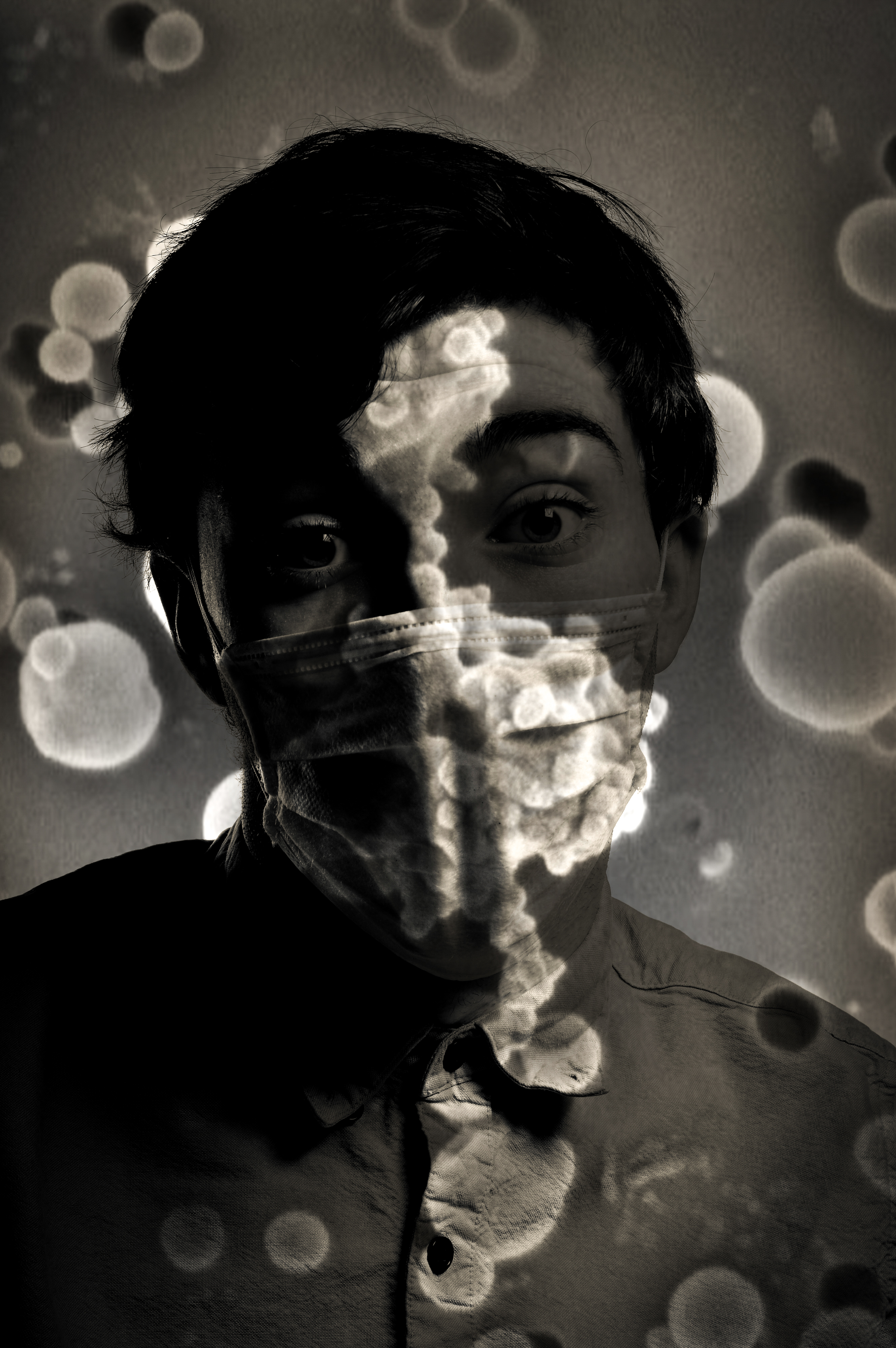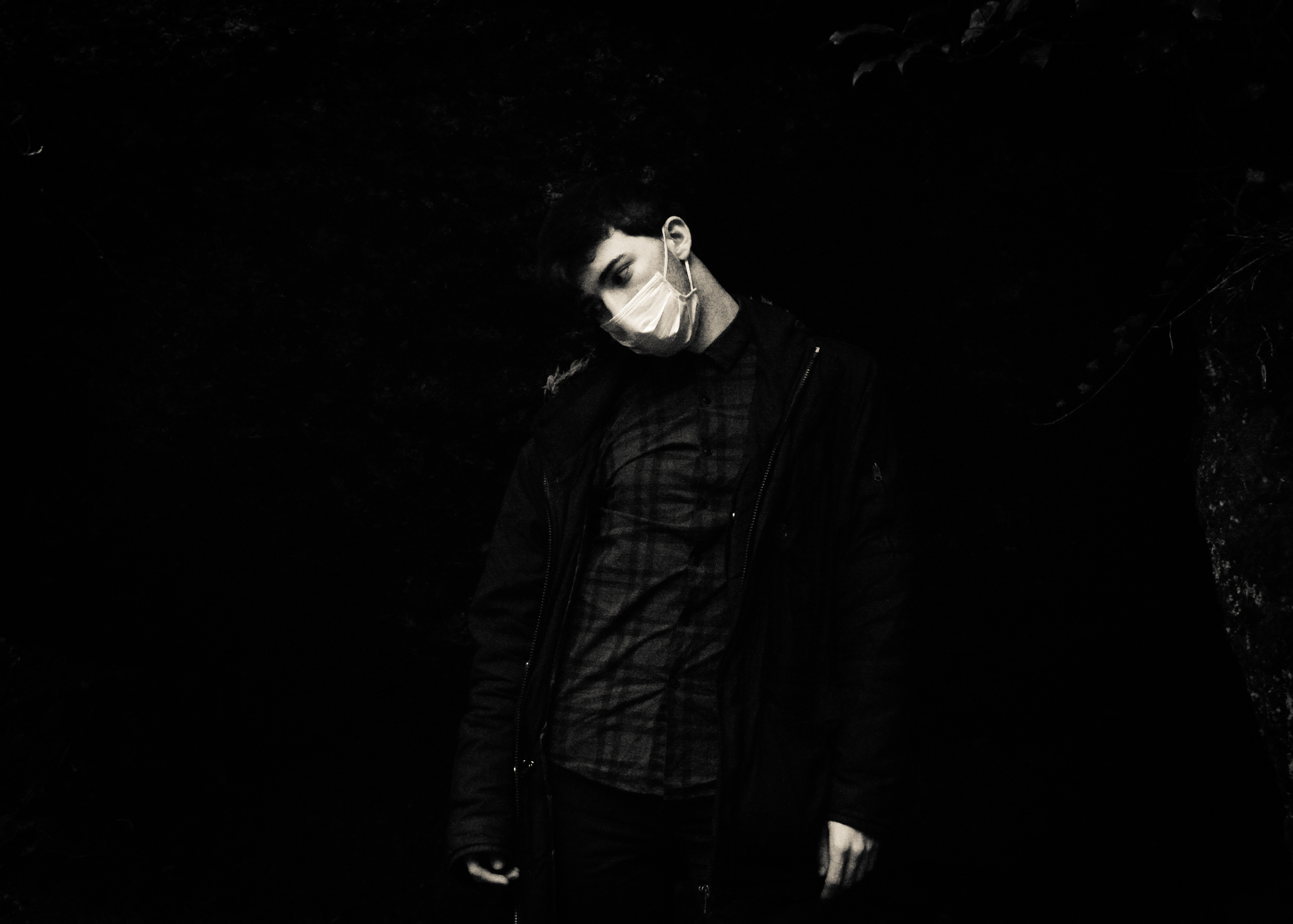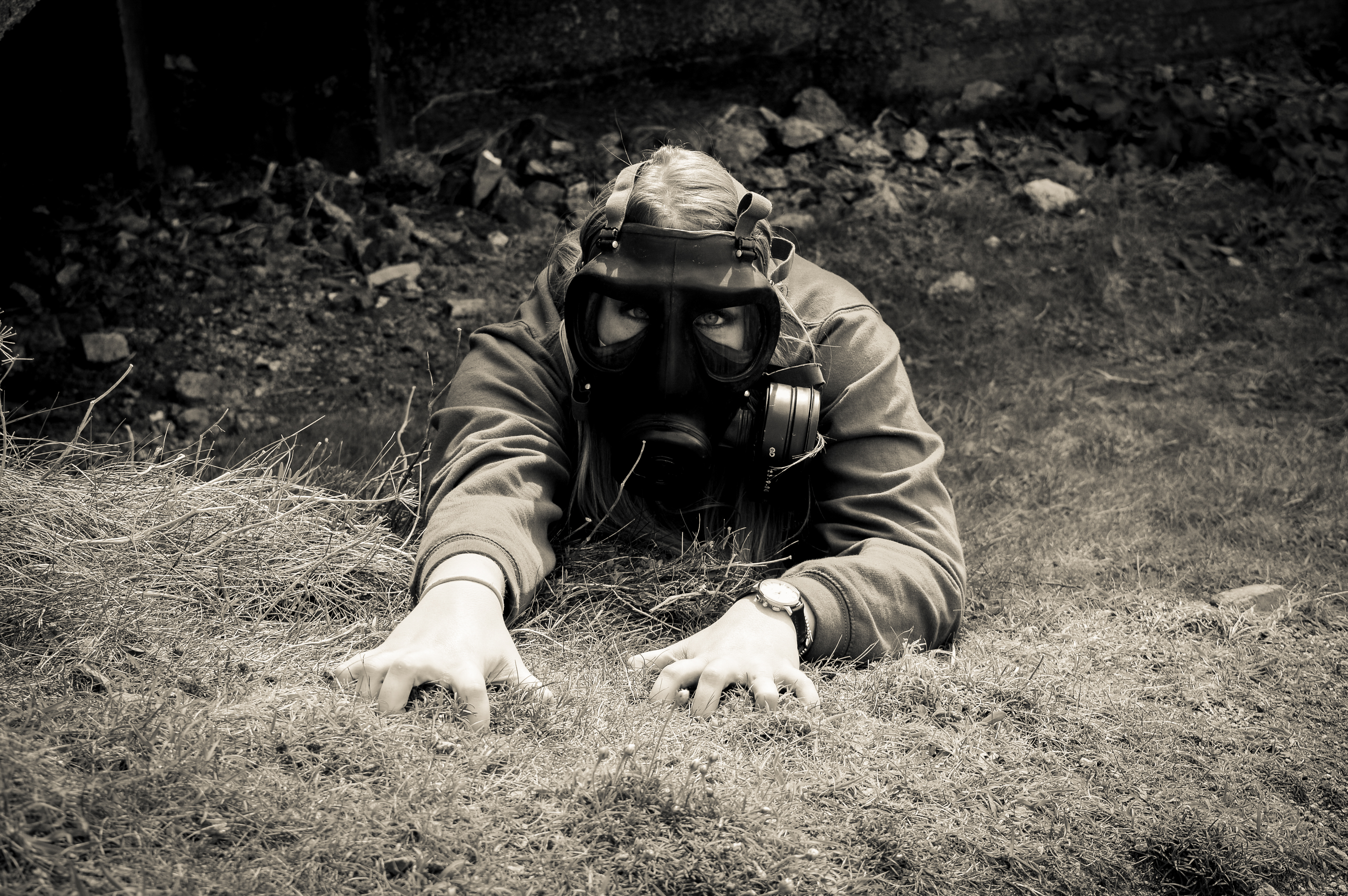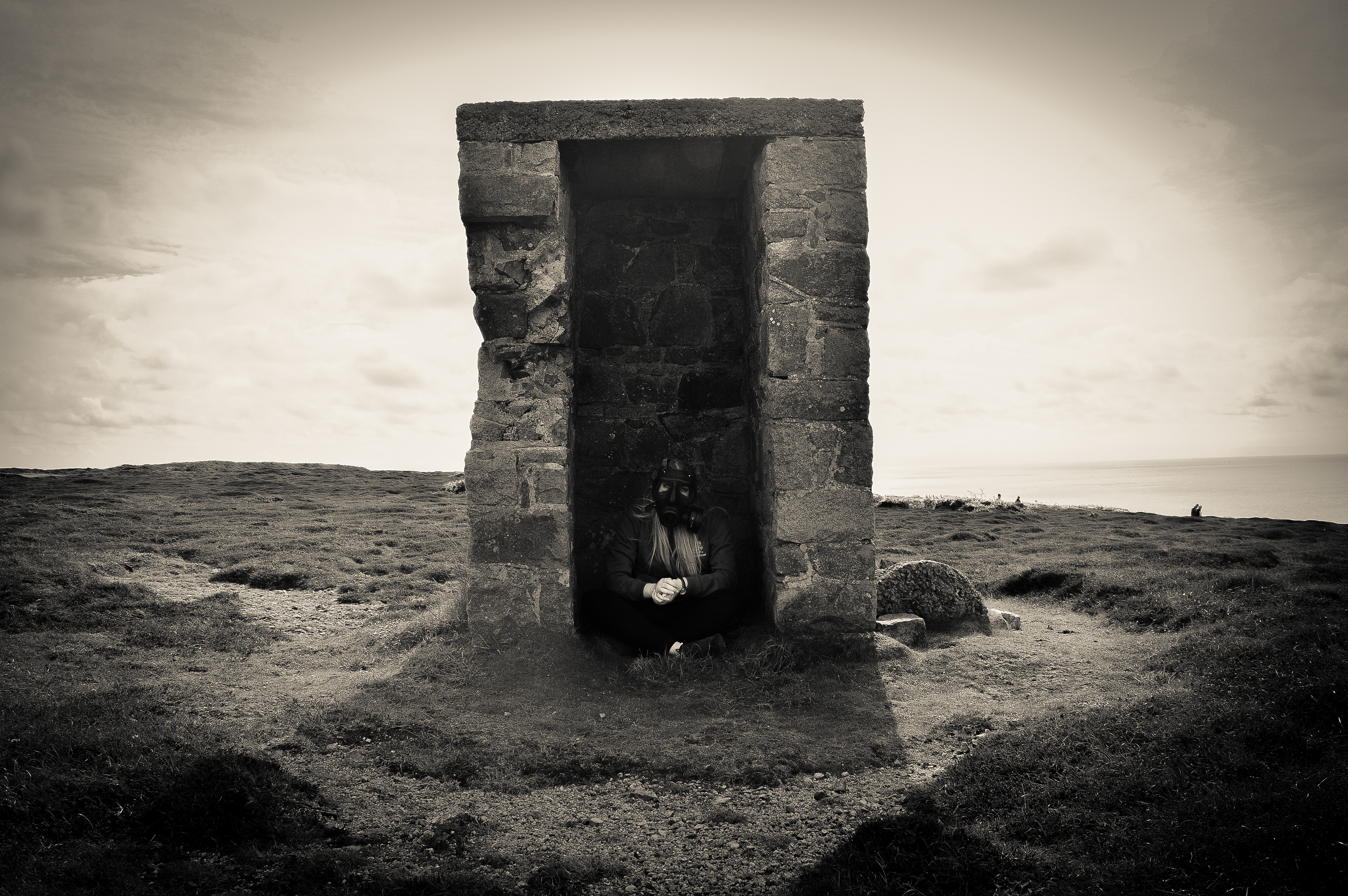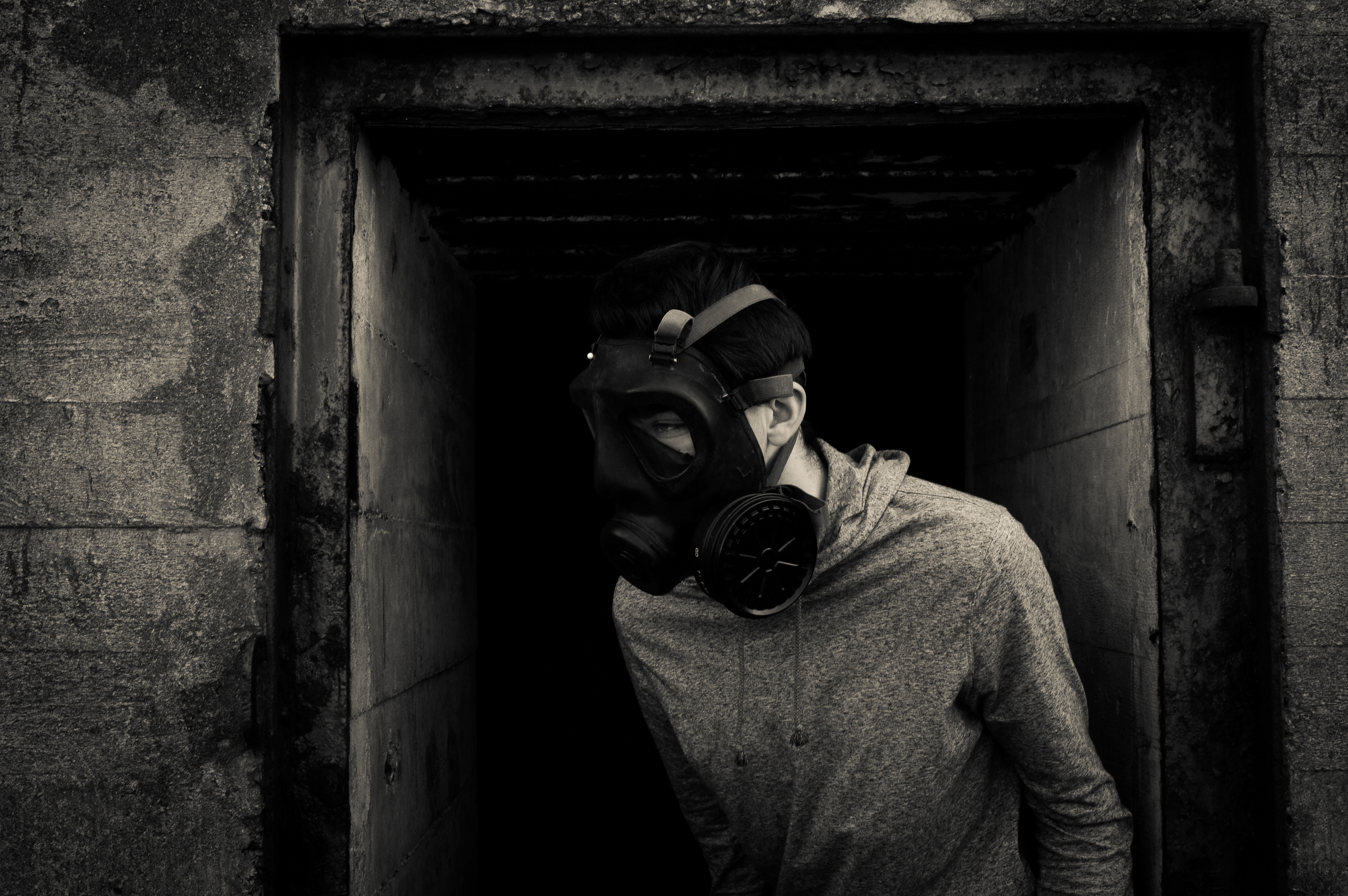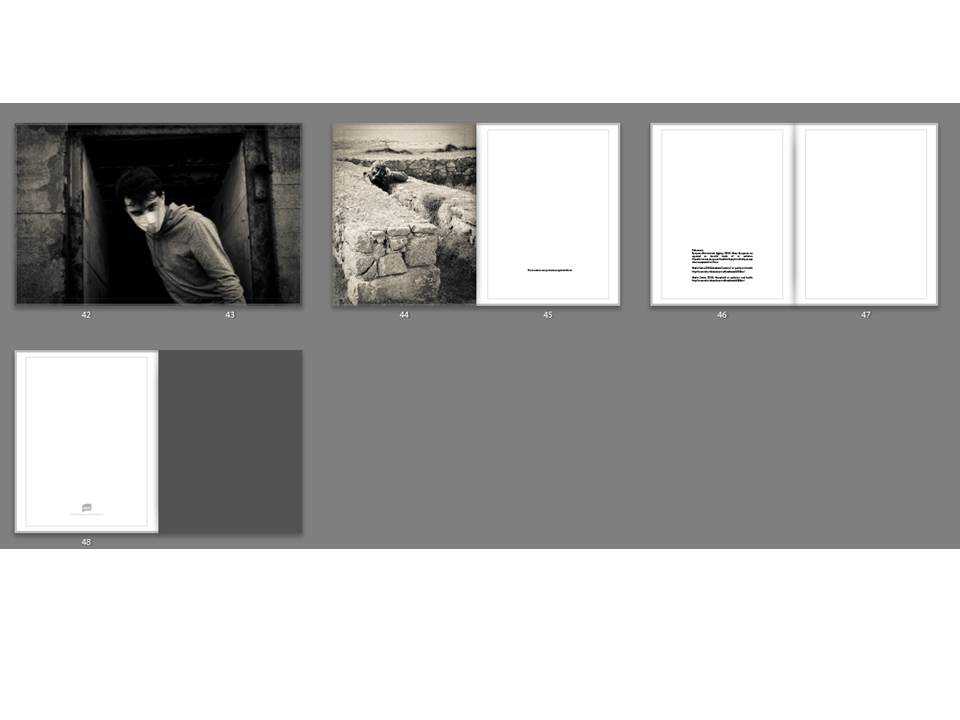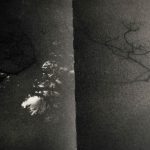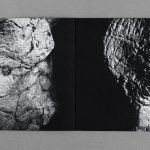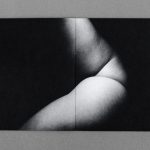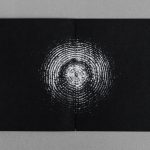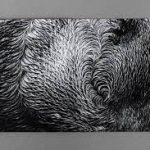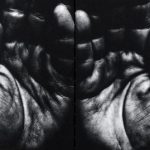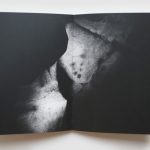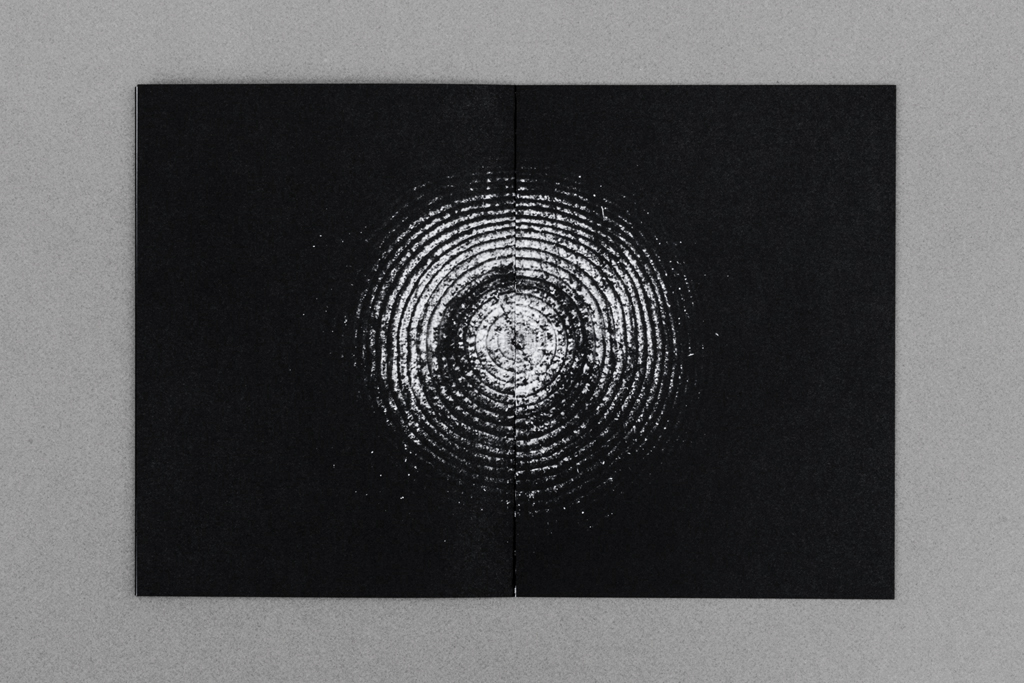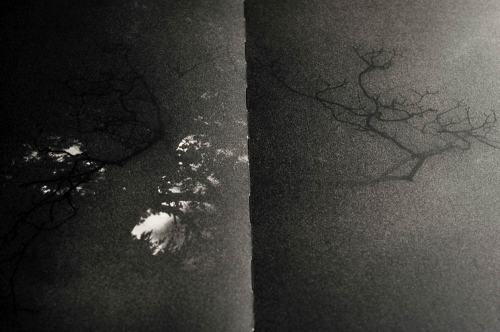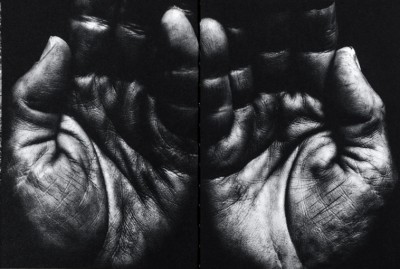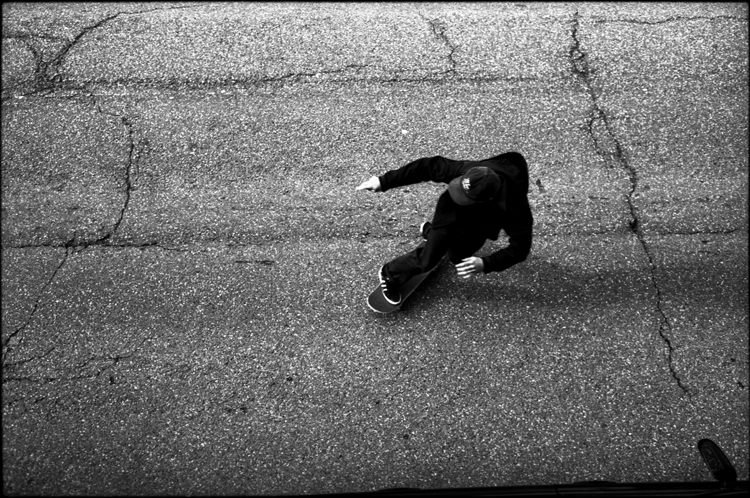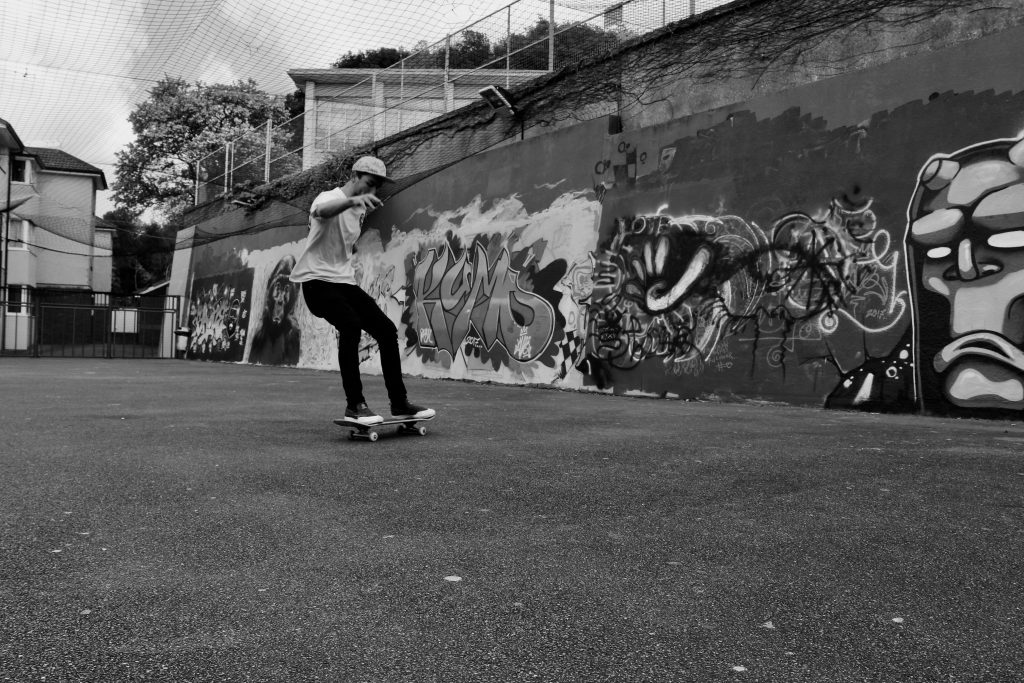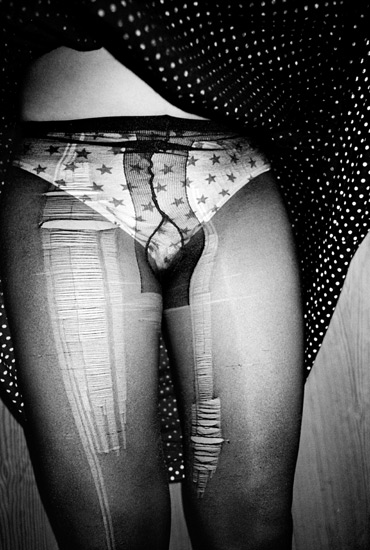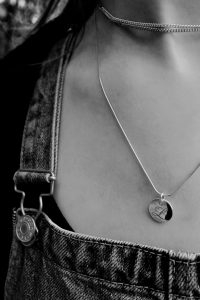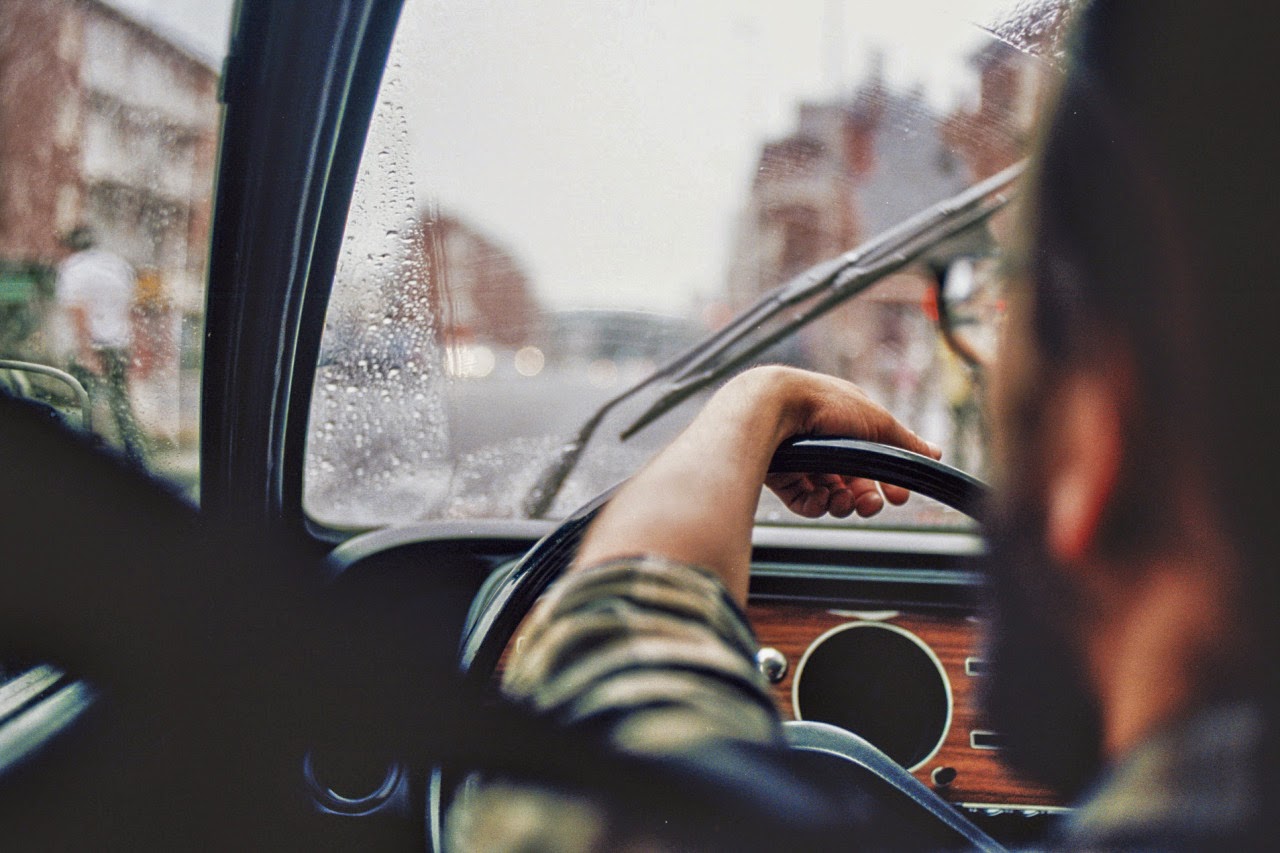Please Check Exam dates and class lists here. For those of you who have extra time – check when this has been allocated.
FINAL PRINTS DATES:
Select your final images for both EXAM and COURSEWORK (if you haven’t completed this already)
Wed 3 May 13:00
– those sitting exam Tue 2, Wed 3, Mon 8 May
Thurs 4 May 15:00
– those sitting exam Thurs 4, Fri 5 and Wed 10 May
You must make sure you have uploaded prints, saved as your name and in a high resolution (Min 3000 pixels) in the folders on Image Transfer
BLOG: End your blog with evidence of the following:
- Show evidence of how you intend to present and display your final prints – make mock up in Photoshop – for example. a single image or diptych, triptych, predella, size A5, A4 or A3, typology-style grid, collage etc
- Write a final evaluation (250-500 words) that explain in some detail the following:
- how successfully you fulfilled the EXAM brief and realised your intentions.
- links and inspiration between your final images and exam theme including artists references
- analysis of final prints/presentation in terms of composition, lighting, meaning, concept, symbolism etc.
see example here: https://hautlieucreative.co.uk/photo16a2e/author/sodonnell05/
- Go through all your blog posts and make sure that you have completed them all to your best ability, e.g. good use of images/ illustrations, annotation of processes/ techniques used, analysis/ evaluation of images and experimentation.
- Present your final outcomes in window mounts or on foam board, label with name, candidate number, attach velcro and put in a BROWN/BEIGE/YELLOW folder.
To achieve a top marks we need to see a coherent progression of quality work from start to finish following these steps:
RESEARCH > ANALYSIS > PLANNING > RECORDING > DEVELOPING > EXPERIMENTING > PRESENTING > EVALUATING
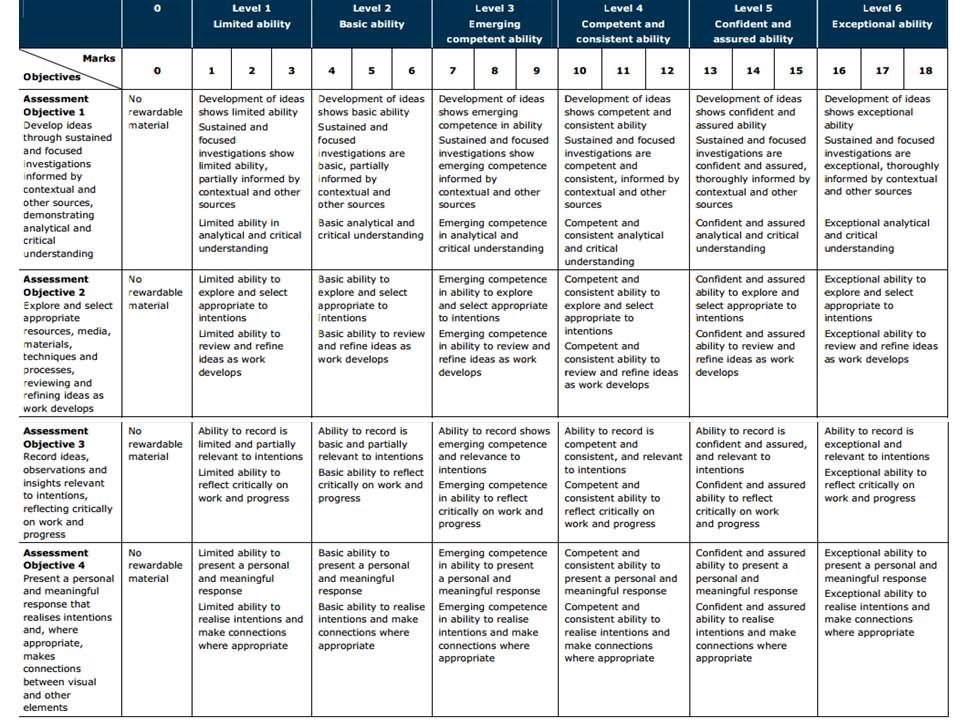
Personal Investigation (coursework):
Students listed here MUST bring in all CW from last year (AS) including final prints/outcomes.
Jade Perez
Jasmine Alder
Tanisha Bougourd
Bradley Grant
Mattie Knapman
Leigh Laverty
Adriana Luiz
Zach Marshall
Ryan Marett
Rochelle Merhet
Nina Powell
Becky Scaife
George Tidy
Emile Pitter
Jake Stanley
Chrissy Knight
The following students have been selected as candidates for external moderation:
Externally Set Assignment (exam):
Jade Perez
Rosanna Armstrong
Thea Civi
Molly Happer
Ben Knight
Brooke Lidster
Elana Marie
Megan O’Connor
Emma Richmond
Eve Smith
Chrissy Knight
Nina Powell
Jake Stanley


